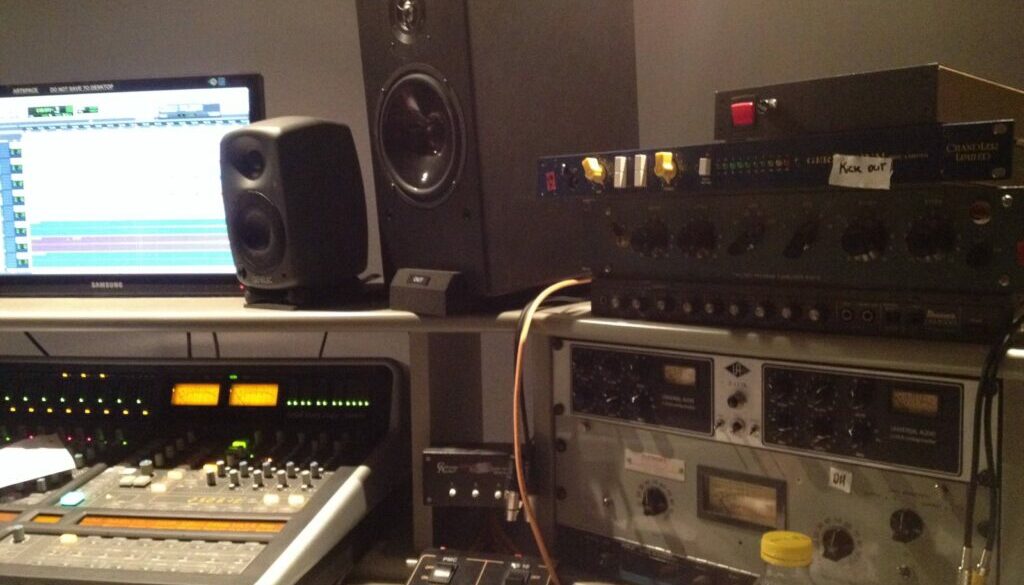Improve Your Recordings: A Basic Guide
Have you ever heard a track and thought it’s been created on Garageband, Ableton, Fruity Loops or other home software? Well it doesn’t need to be that way.
Changing your software package might be the easiest adjustment but that can cost a lot, and besides that’s not necessarily the problem. Assuming the core music is in place, recording methods and postproduction are also key aspects of making a track sound professional.
Firstly and most simply, recording everything on different tracks will allow for more modification later on. Imagine guitar, drums keyboard and vocals all being recorded down one mic, but then you want separation between the instruments or something else, like reverb on vocals. You’re stuck. Also, recording everything at the same time but on different mics can prove equally as limiting; especially when one instrument needs to be removed or adjusted dramatically but can be heard on other instrument tracks.
Using mics in general can also prove problematic, especially in home studios where background noise and The Dreaded Hiss of white noise fills any silence. This can be worked around by using proper recording studios; they can be expensive but will make your music sound much cleaner. But this is only a portion of your journey taken care of, as a clean sound is almost never the end product; a sterile sound will most often be a large contributor to a track sounding amateurish and unfinished. But extremely clean recordings enable the producer and artists to add effects later and can give a great deal more life to a performance. It’s worth messing about to the extremes with your chosen software to get to grips with the different options on offer. And you might even end up with a drastically different sound that may suit the track and you as an artist better. You don’t know until you try.
Creating a wide soundscape to your track can also help and on a basic level this means trying to provide adequate bass, mids and highs to balance the music so it doesn’t sound sonically weak. Traditional bands may find this has already been taken care of by their instrument dynamics (vocals, guitar, bass, drums etc.) but singer songwriters who often perform by themselves on one instrument rarely finish tracks with no backing. Think recent artists like the ever popular Adele or folk singer Laura Marling who performed a stripped back Master Hunter on Jools Holland last year only to fill the tracks soundscape with instruments on her album.
The ever-growing scope of electronic music can certainly be aided by filling sonic spaces and will be helped significantly by serious midi dedication to avoid an amateurish sound. In this case Midi keyboards are usually an essential purchase and can allow you to tweak to your hearts content. This type of simple device can also prove useful to any artists wanting to mess around with mixes before or after studio time to get the best from a track but can equally be used during the recording to add further textures to the tracks sound effects and instruments.
When you’re finally happy with a track don’t settle for listening to it on the best equipment you have available. Take a listen in the car and on the rattling old system you have in the kitchen. If the track still sounds good on those then you’ve done a decent job. If not, get back to tweaking it until it sounds just right.
These suggestions are of course not definitive and there are plenty of exceptions to what’s been mentioned, but they may help you record better sounding tracks. Breaking rules can also be a game changer so experiment with what you find interesting. But make sure the finished recording is what you’re happy with as most important people listening to your track won’t be listening live, they’ll most probably be streaming from the internet.
Remember the most important advice when making music is to write and play music you like and that comes from you. And have fun doing it. Let us know your suggestions on recording in the comments.
Matt Kidd



